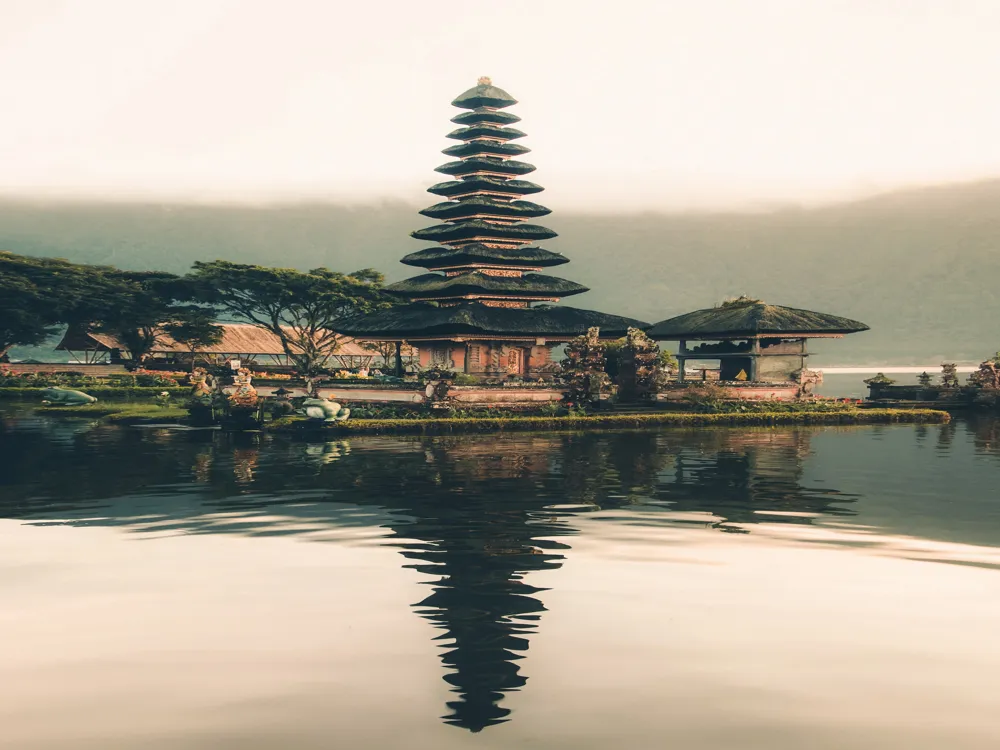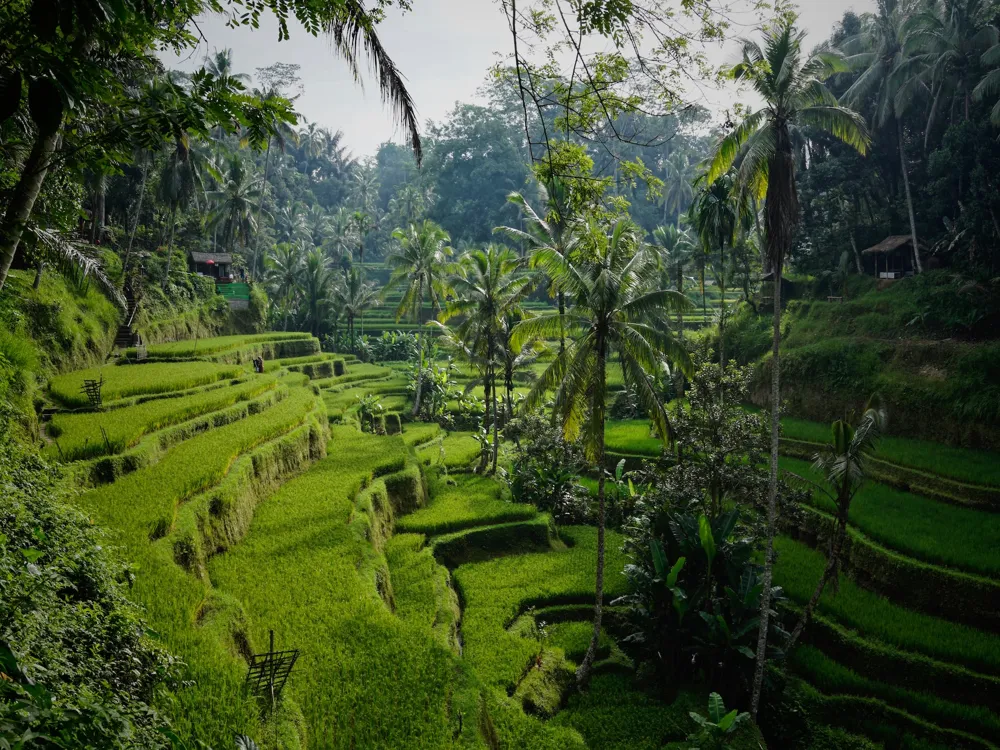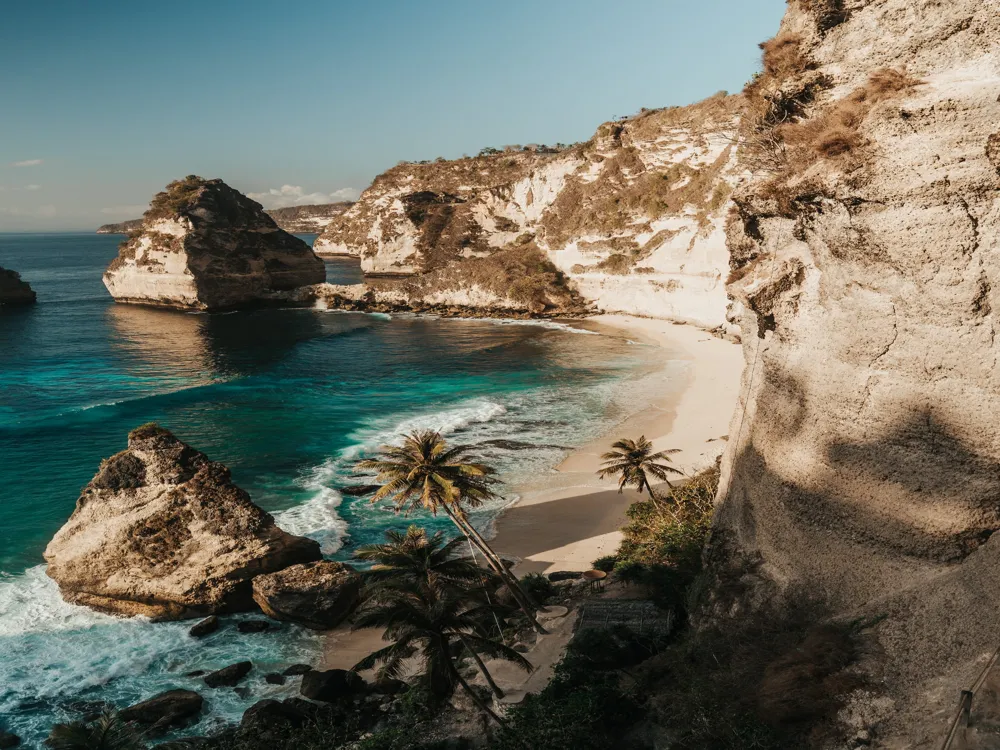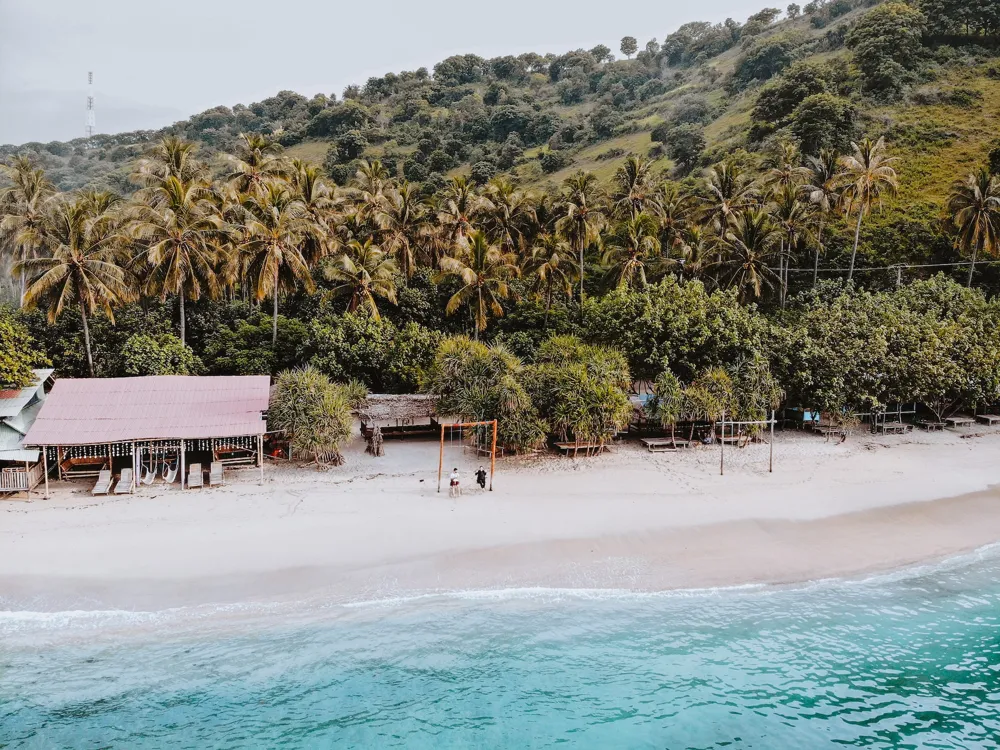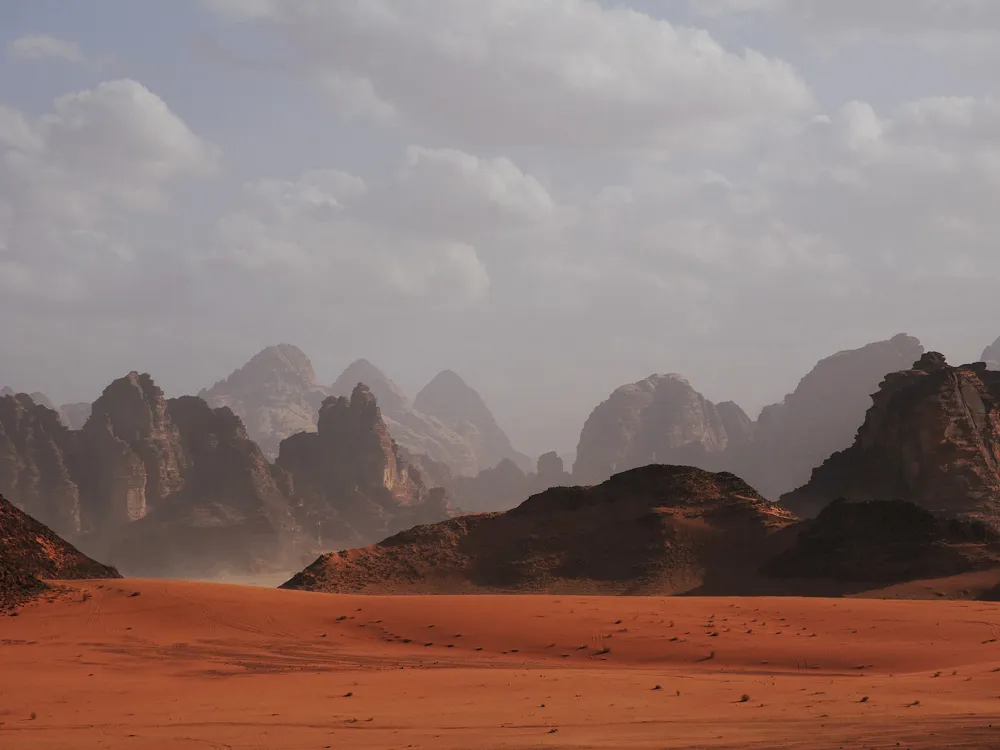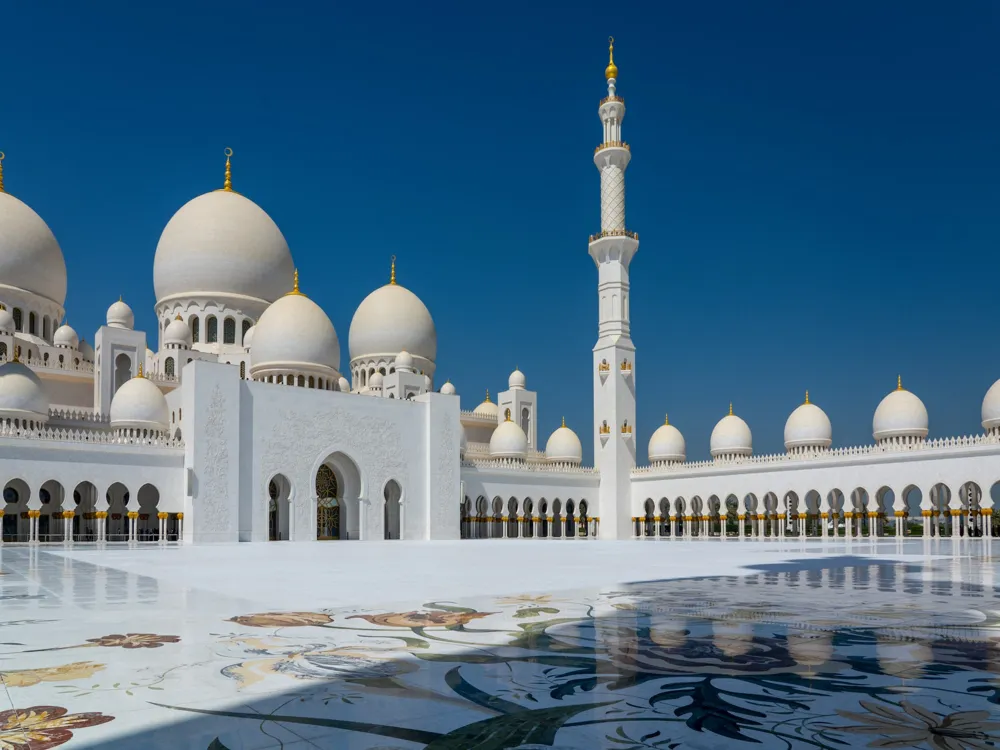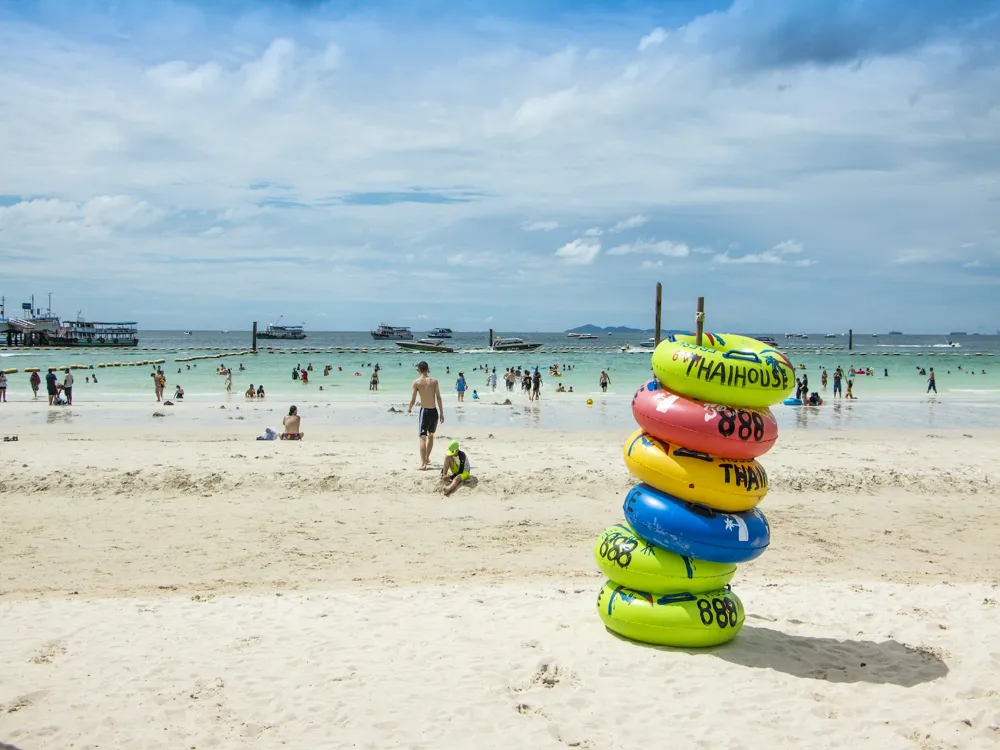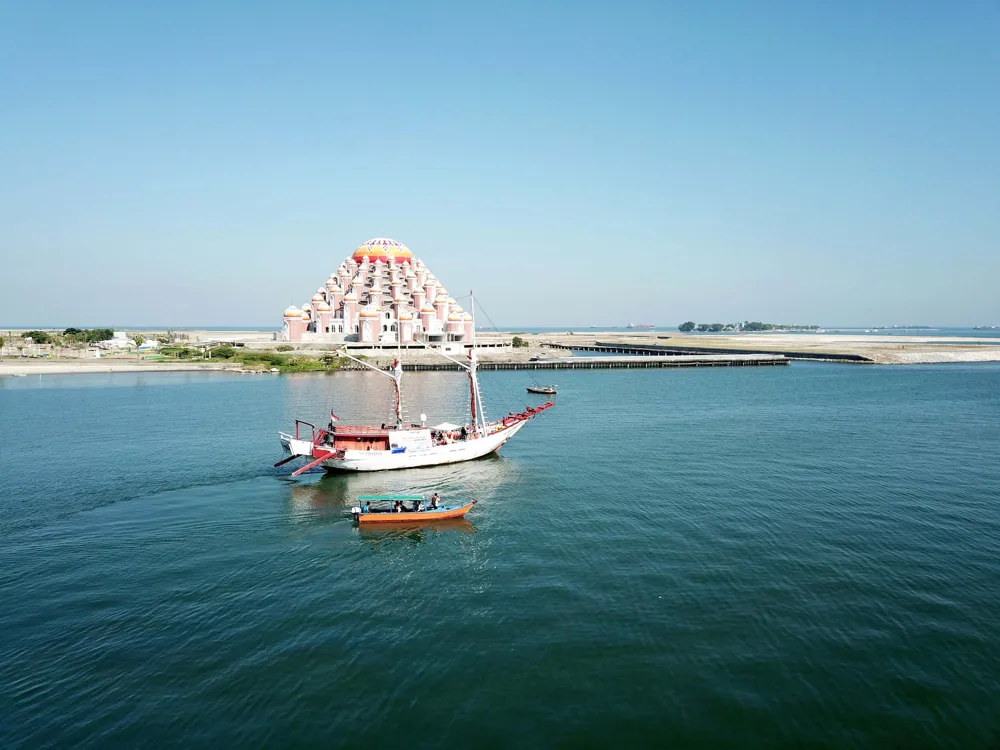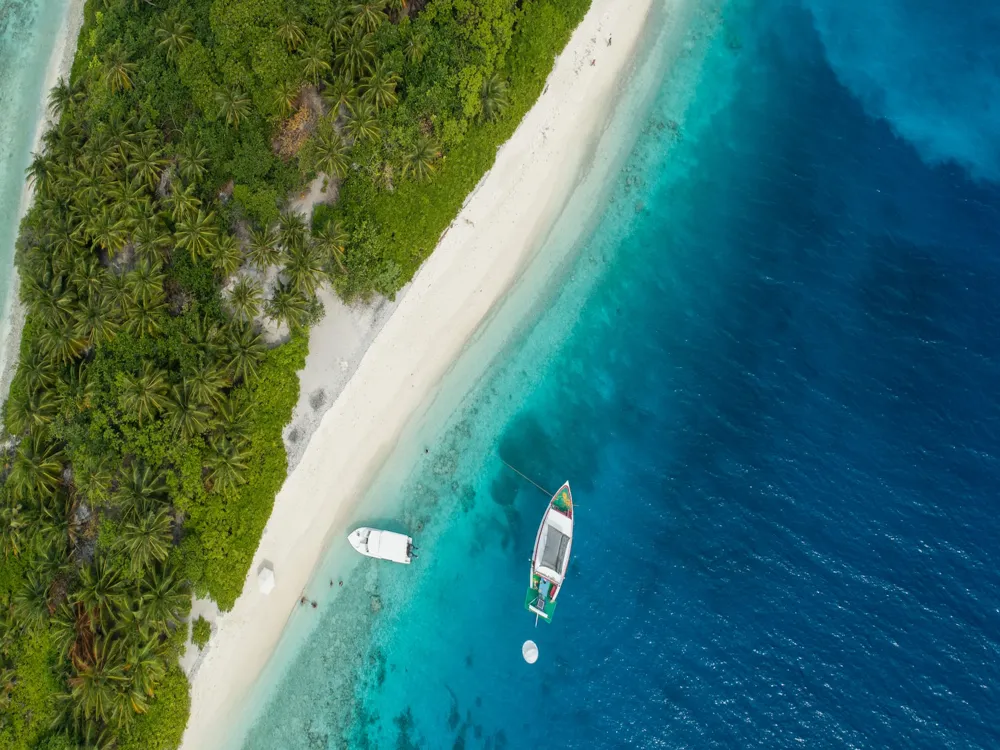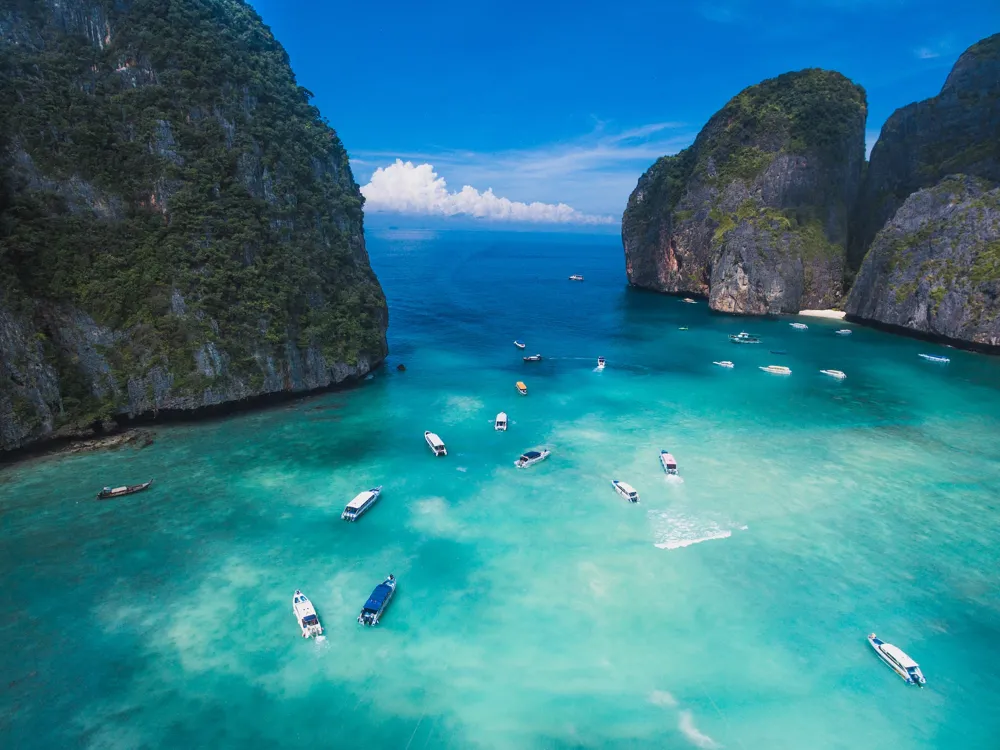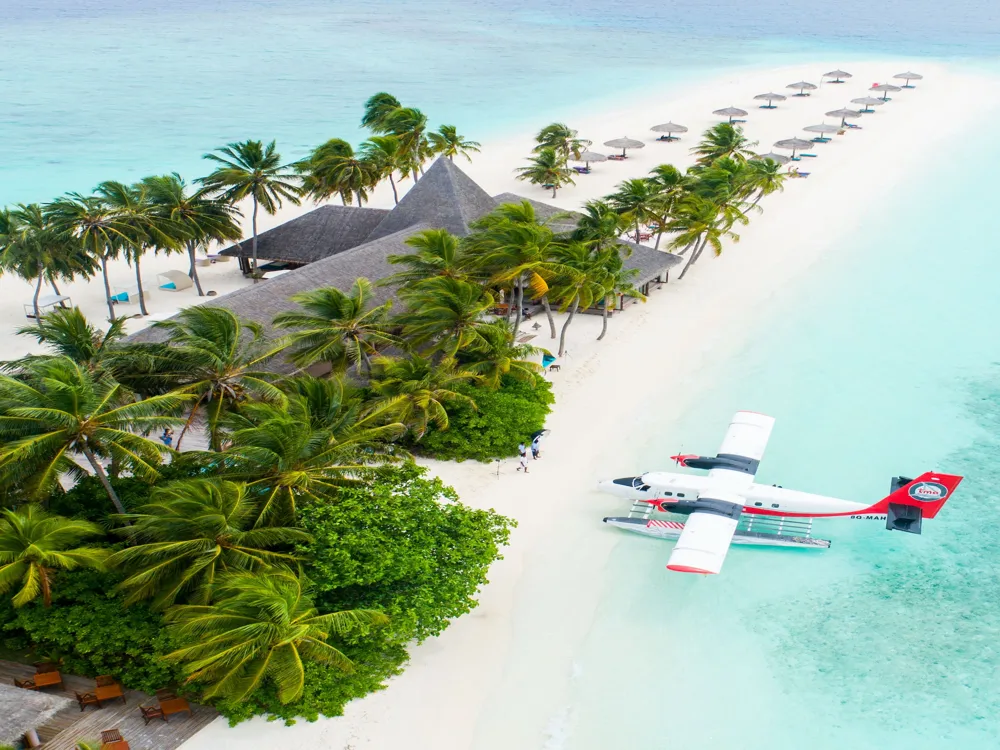Plan Your Travel To Bali
Places To Visit In Bali
Pura Dalem

The Pura Dalem Agung Padangtegal, or the 'Padangtegal Great Temple of Death', is dedicated to Lord Shiva. Thought to have been built around 1350, the Kecak dance performances at the temple and the excellent craftsmanship make this a significant religious and cultural attraction of Ubud.
Believed to have been built around 1350, the dignified Pura Dalem Agung Padangtegal has been named so because of the numerous statues and figurines of Balinese demons installed within its premises. Of these, the statue of the iconic Demon Queen, Rangda, stands out. With unkempt hair, bared teeth, and sagging breasts, she is portrayed as holding an infant in her arms, which she is supposed to feed on. The temple complex is believed to play a principal role in teaching the spiritual way of life of people belonging to the local communities in and around this region.
Read More
Pura Dasar Batuan
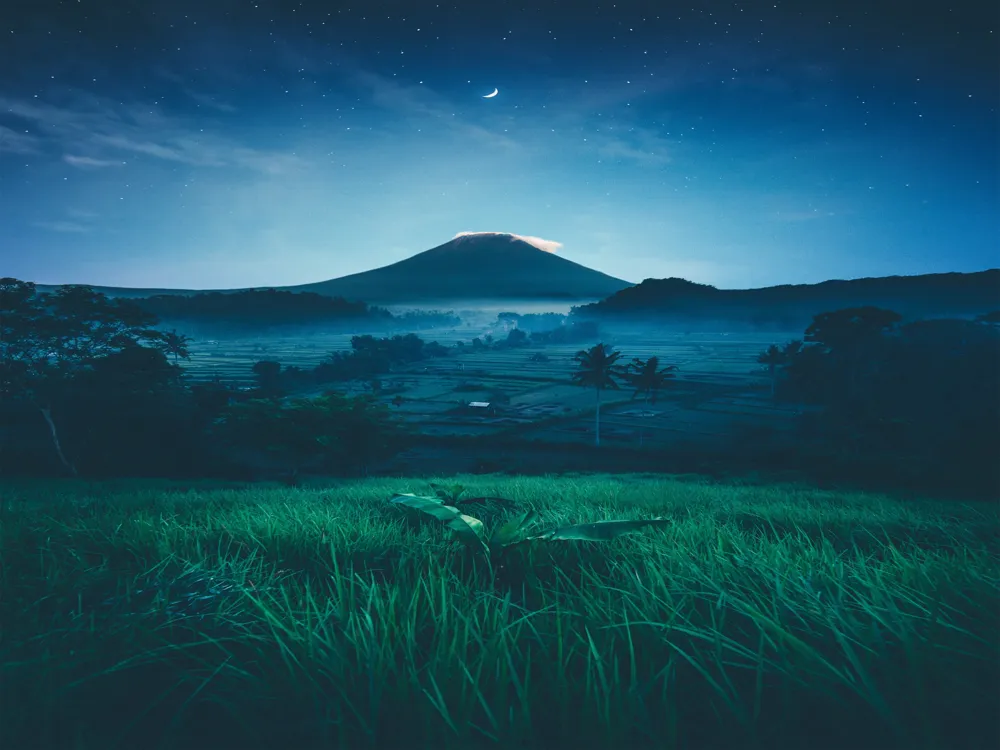
A twin to Pura Puseh Batuan, Pura Dasar Batuan is a Hindu temple known for it's classic Balinese architecture. Built during the 11th century, the elaborately carved temple has witnessed the change of multiple dynasties in Bali. Traditional dance performances such as the Gambuh dance are also held for visitors.
These two twin temples are amongst Bali's oldest Hindu temples and are archetypal examples of classic Balinese architecture. The courtyard in the centre has many statues and engravings that depict traditional Balinese ways of life.
Read More
Pura Gaduh
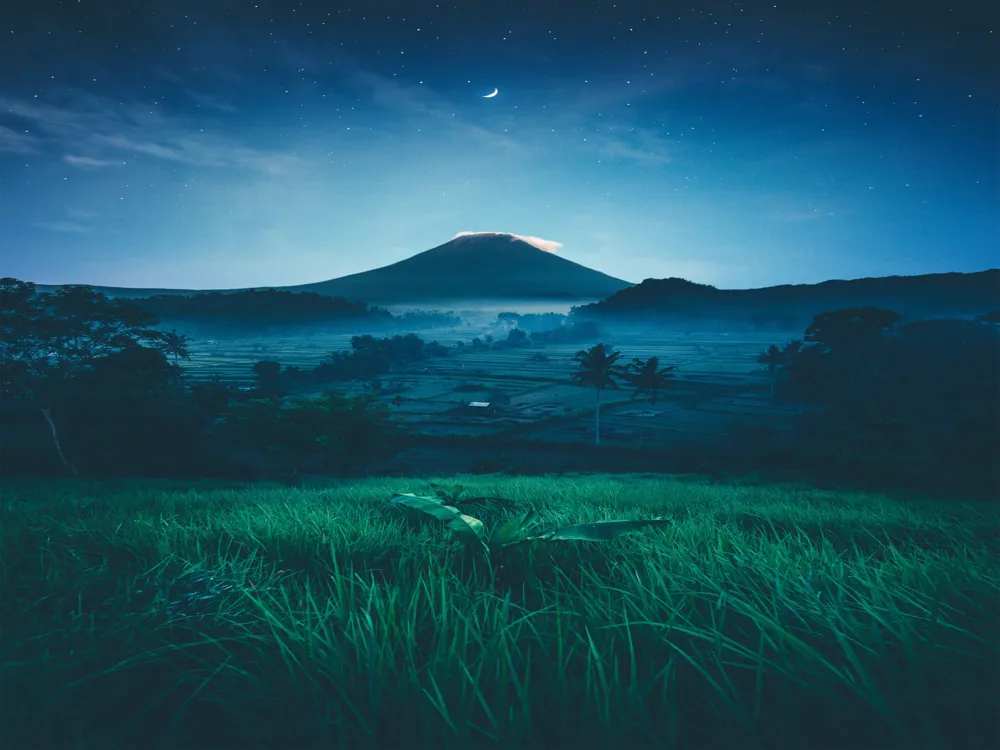
About 200m east of the Blahbatuh market lies the 'Home of the Giant's Head', known as Pura Gaduh. Also known as Pura Kebo Iwa, the temple houses the metre-high stone head of Kebo Iwa, believed to be the giant aide to the Bedulu King protecting the kingdom from foreign invasions. The fascinating history behind this temple makes it a great attraction for the cultural aficionado.
Built in the 7th-century, the temple used to be the residence of the ruling king but was converted into a temple at the insistence of the village-folk who wanted a temple and a statue to be erected to honour their much-beloved Kebo Iwa. While most of the temple was built in the style that is in keeping with traditional Balinese temple architecture, the intricate carvings that adorn the staircase leading up the temple's split gates are a departure from conventional styles.
Read More
Pura Gede Luhur Batu Ngaus
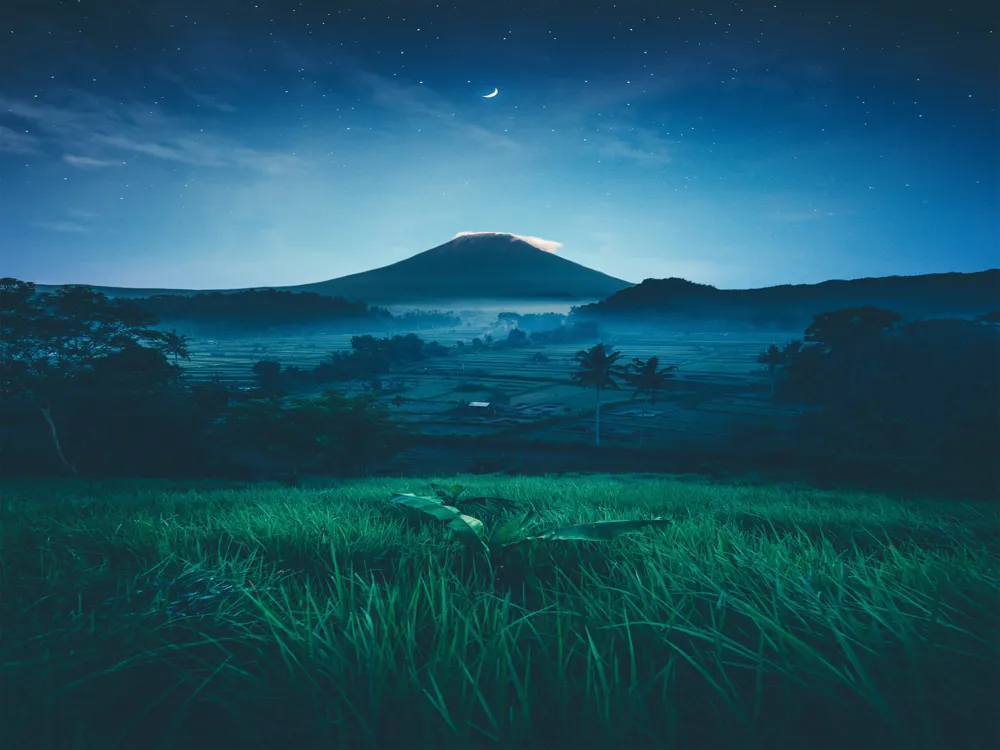
Pura Gede Luhur Batu Ngaus is a 17th century Hindu Balinese temple. Perched on top of a black lava outcrop on Mengening beach in Mengwi, the temple is built in traditional Balinese architecture and is believed to give blessings of fertility and medicine. It is reminiscient is of the more famous Tanah Lot, but lis far less crowded.
Pura Gede Luhur Batu Ngaus is also popular as a spot for scenic photography, especially during sunset. The pounding waves crashing the outcrop of black lava rocks, against the backdrop of this 17th-century classical Balinese temple is a sight to behold. A blowhole is present in the rocks that connects to the ocean through an underwater cave. You can explore the temple and its surroundings at leisure as it is almost always devoid of crowds.
Read More
Pura Gegar
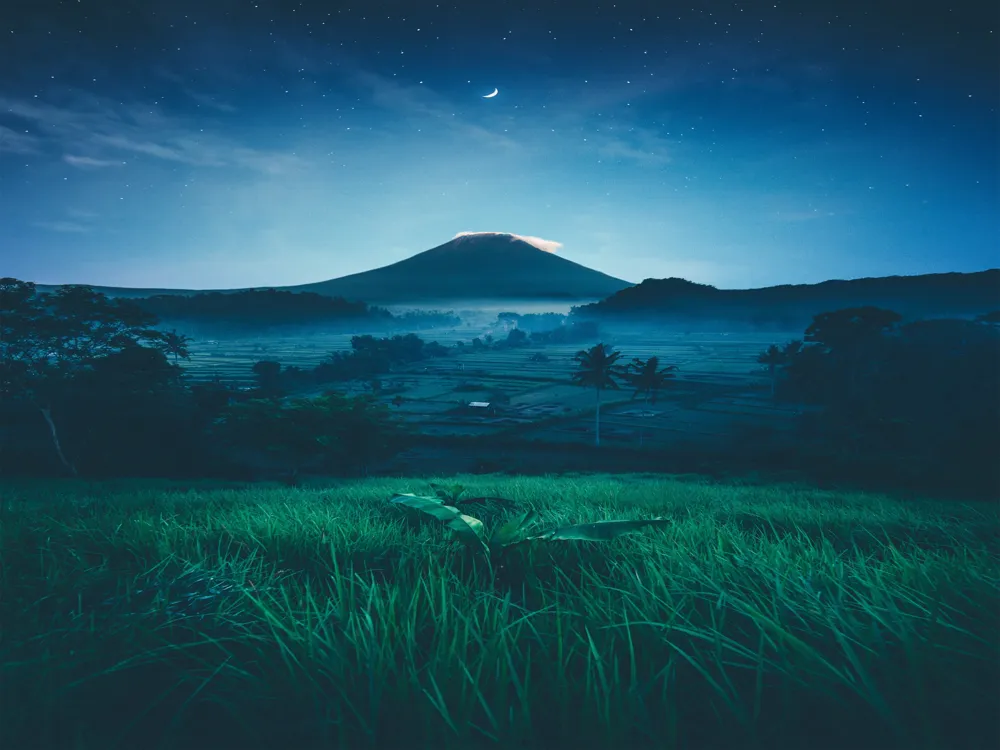
South of Gegar beach lies the Pura Gegar, a small temple perched on the cliffside. The climb up is a bit strenuous, and the temple remains closed to visitors unless a puja is being performed. However, the compactness of the temple allows one to appreciate its architecture from outside itself, and its location offers a spellbinding view and great photography opportunities.
From the Nusa Dua beach walk, there's a walkway that leads up to the temple and the not-so-laidback stroll up to the temple compound becomes immediately worth it once you see the sweeping views of Geger Beach from the top.
Read More
Pura Goa Lawah
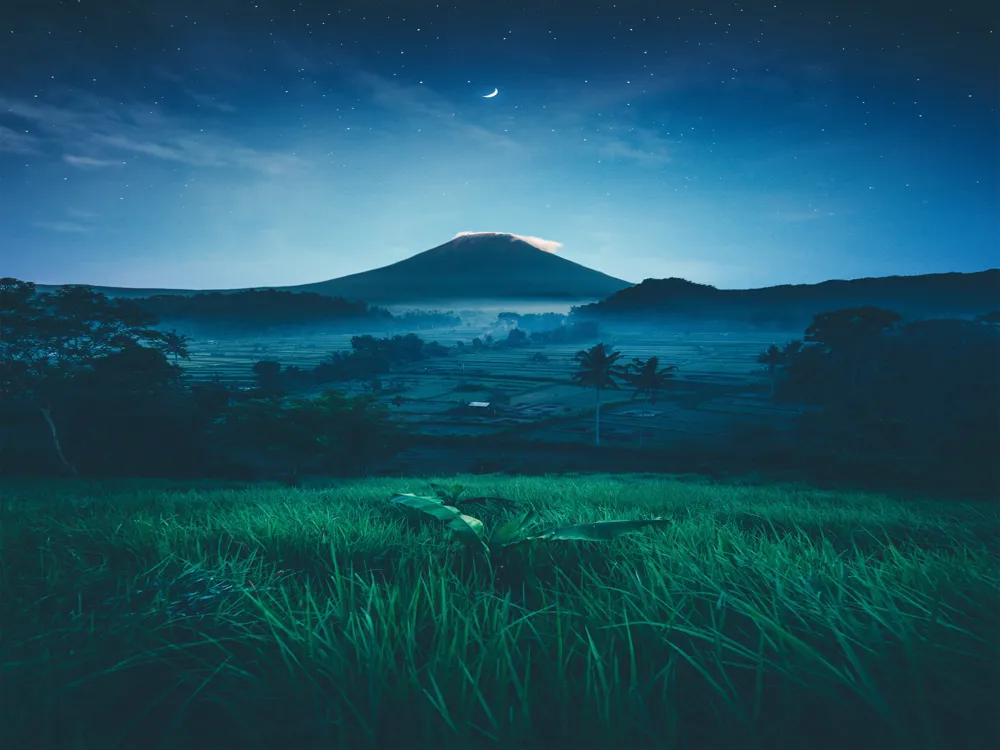
One of the most fascinating shrines in Bali, Pura Goa Lawah is famous for being built around a cave inhabited by bats. Located in the Klungkung regency in Bali, this 11th-century temple was built by Mpu Kuturan, one of the first pioneers of Hinduism in Bali, and is designed in traditional Balinese style featuring three sanctums.
The temple complex is divided into three sections namely the outer sanctum, the inner sanctum and middle sanctum. As soon as one enters the outer courtyard there are three pavilions on the corners and musical performances are occasionally held there. Outer sanctum is marked by a Candi bentar gate.
Moving further inside one can see the figurine of a dragon called Naga Basuki, who is said to keep the balance of the universe. The small shrines in the inner sanctum of Pura Goa Lawah Mark the cave's opening. The inner sanctum has three pagoda-like structures and many small shrines which are embellished with gold ornaments, some of which are shaped like bats. One of the meru towers is dedicated to Lord Shiva, a Hindu God, thus showing the influence of Hinduism in Bali.
Read More
Pura Gunung Lebah
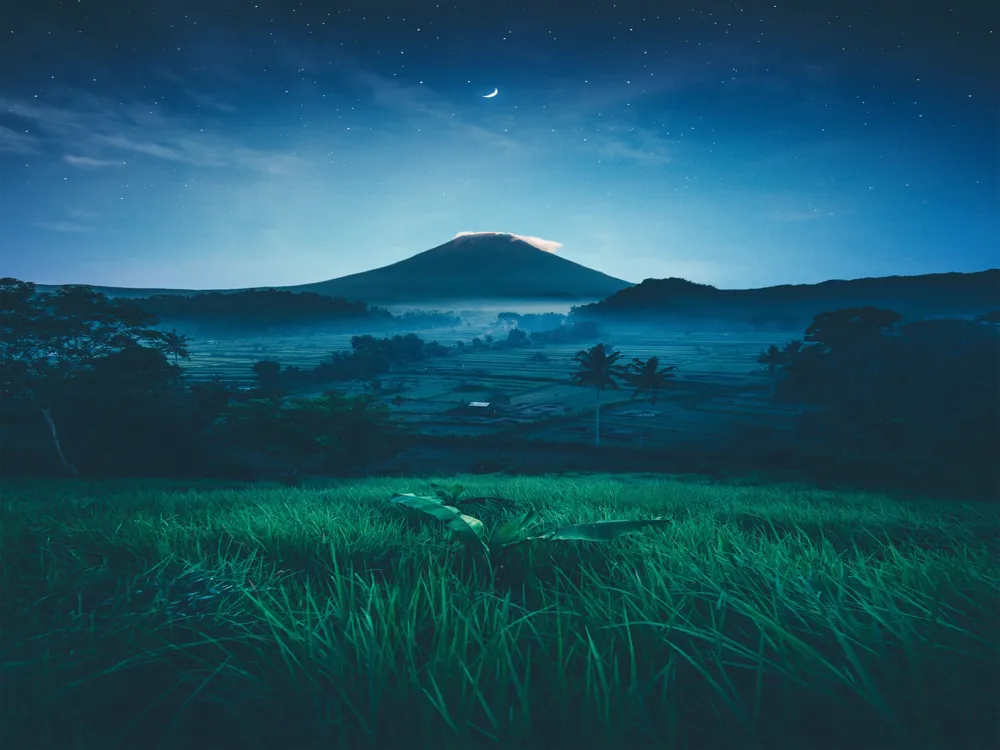
Nestled over the Campuhan valley where the Sungai Cerik meets, Pura Gunung Lebah is one of Ubud's most significant temples. An 8th-century edifice dedicated to the goddess of Batur, the temple features a traditional Balinese Padmanasa, or empty stone throne, atop its intricately carved tower-like structure.
Pura Gunung Lebah Temple was built in the 8th century by an Indian priest, Rsi Markandeya. The temple is often used for meditation, owing to the beautiful atmosphere and lush surroundings. Dewa During Mount Batur, is the primary deity in the Gunung Lebah Temple. This temple also plays host to a devotional ceremony that is held every hundred years. Situated at the confluence of the Sungai Cerik's two tributaries, overlooking the Campugan valley, and surrounded by rich verdant forestry, Pura Gunung Lebah is as serene as they come and is a long way away from the fast-paced life most of us are used to.
Read More
Pura Jagatnatha
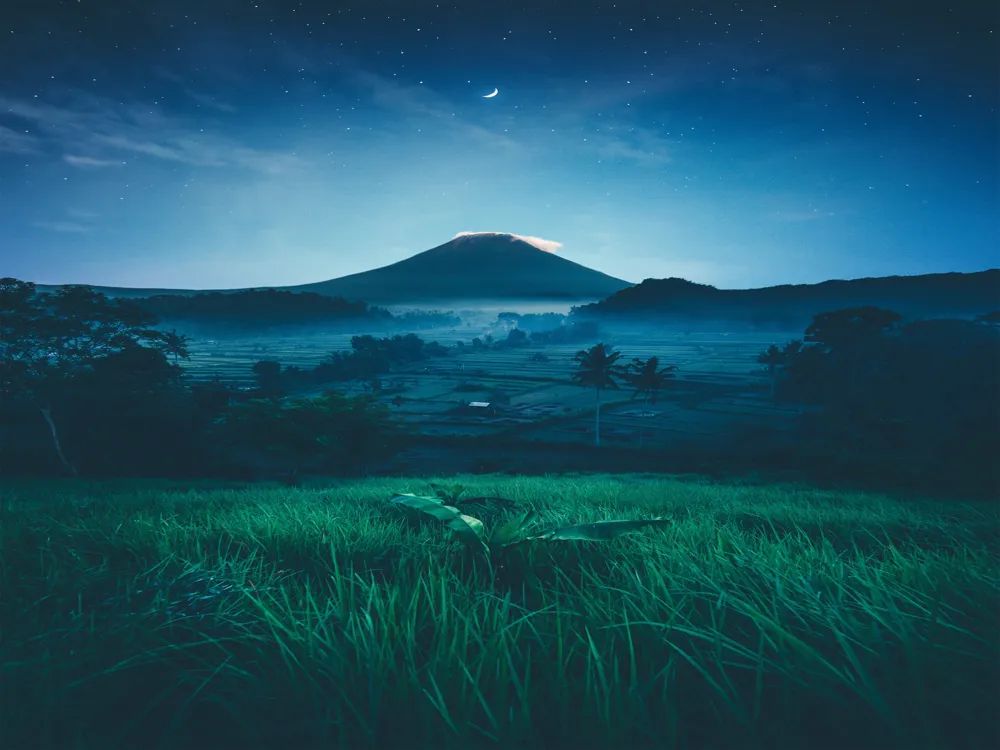
Located in Denpasar near Puputan Gardens, Bail, Pura Agung Jatnatha is an iconic landmark in the town. The temple is dedicated to Sanghyang Widi, the supreme god. The main shrine is made of white coral stone, and represents the foundation of the world through a beautiful throne (heaven) set upon a mythical turtle and two nagas. Ideally visited in the morning, when the crowd is yet to arrive.
Established in 1953, Pura Agung Jagatnatha is the largest temple in North Bali. With much refreshing difference to the usual Balinese custom of believing in several gods, this temple brings the principle of Pancasila into the significance that preaches ‘Belief in One God’. Situated next to Bali Museum and Pura Jagatnatha faces Mount Agung (which is conjectured to be the palace of gods) towards west. The temple was opened as a place of worship for Sanghyang Widi Wasa (God Almighty).
Read More
Pura Kebo Edan
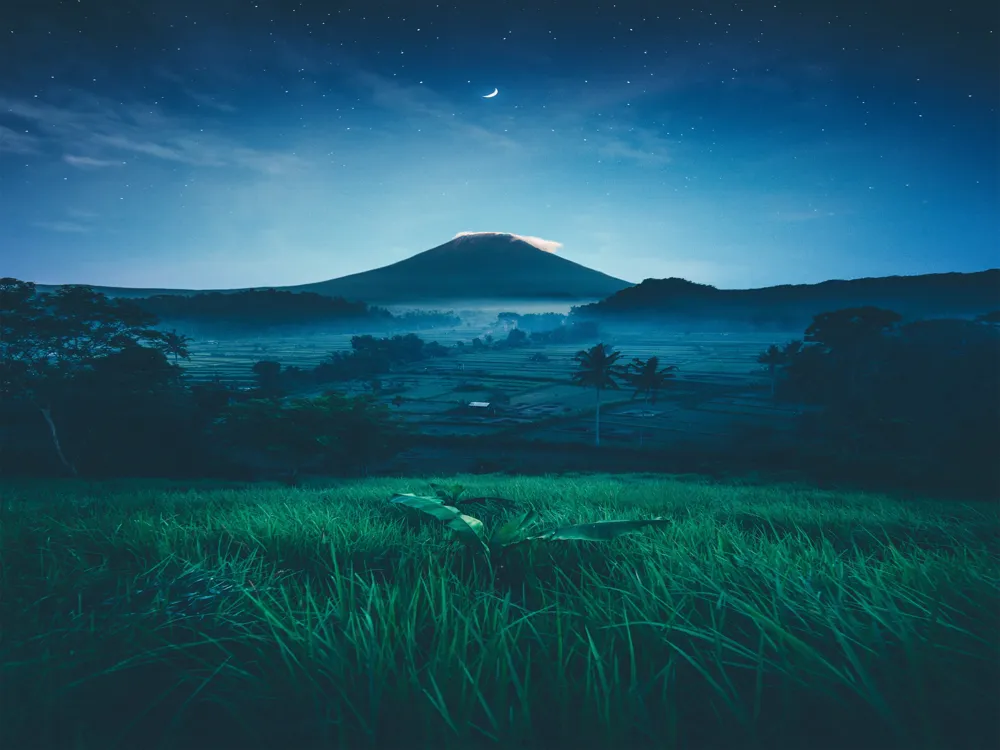
Located in Pejing in the Gianyar regency of Bali, Pura Kebo Edan or the 'Temple of the Mad Bull' is a 14th-century Hindu temple imbued with religious folklore and built in the classic Balinese style of architecture. The chief attraction here is the three-and-a-half metre tall statue of a male figure atop a corpse, believed to be Bhima from the Mahabharat.
Also known as the 'Crazy Buffalo Temple', this temple is one of Bali's more eccentric temples. The locals frequent the temple when their livestock fall sick to ask for better fortune. Believed to be over 700 years old, the temple is a treasure-trove of archaelogical heritage.
Read More
Pura Kedarman
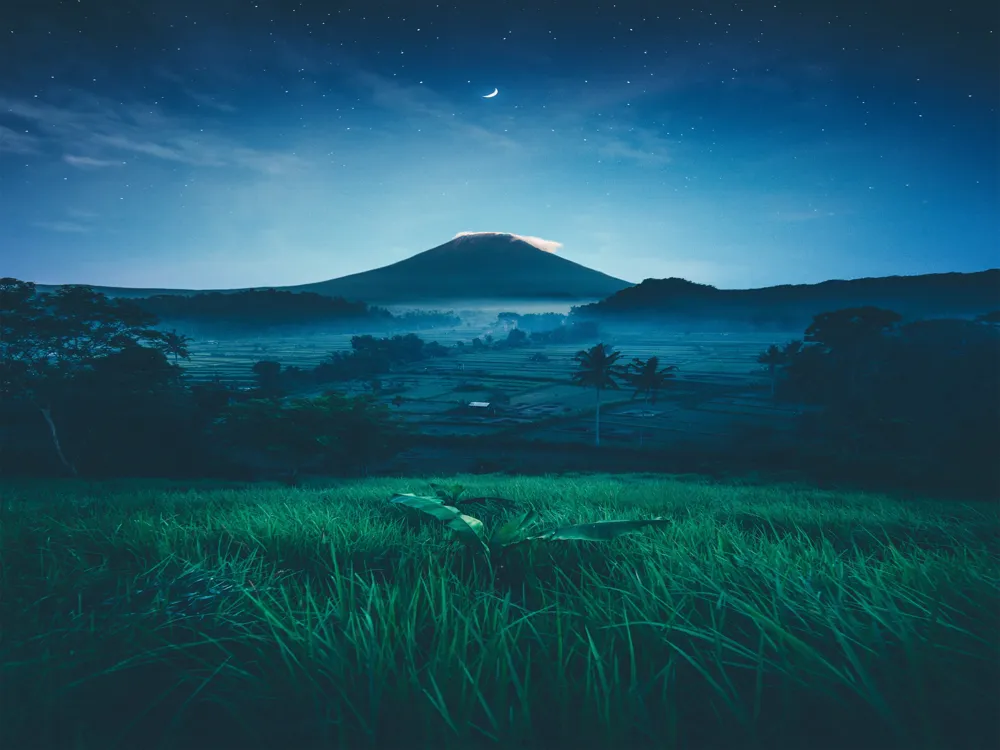
Situated in village Kutri in Bali, Pura Kedarman is an 11th-century Hindu temple featuring several pavilions and statutes. A staircase in the temple leads to an impressive statue of the Goddess Durga slaying a possessed Bull, along with several Lingas, inscriptions and a small Ganesh statue. Also called Pura Bukit Dharma, the temple offers a stunning panoramic view in addition to the intricate craftsmanship of the sculptures.
Bali Travel Packages
View All Travel Packages Bali
Nearby Places Bali
Browse Package Collections
Browse Hotel Collections











